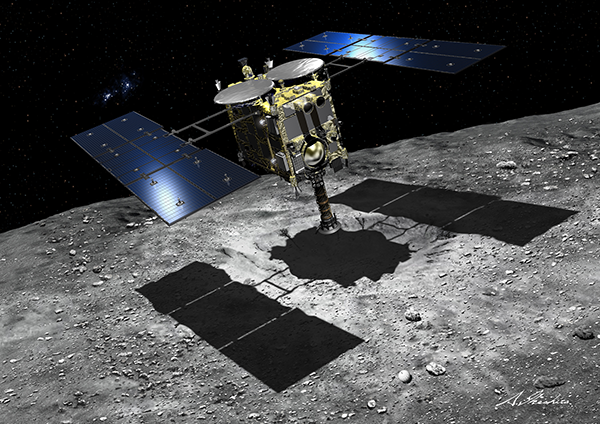
Abstract:
Carbonaceous asteroids are the most primitive remnants of planetary formation. Their fragments, delivered as chondritic meteorites and recently returned from the rubble-pile Ryugu, contain evidence of aqueous alteration very early in Solar System history. However, little is known about the fate of water on carbonaceous asteroids. We show that Ryugu fragments have excess radiogenic hafnium-176 unsupported by parent lutetium-176 present in the samples, which is attributed to lutetium loss by aqueous fluid escape more than 1 billion years after the parent body formation. The late fluid escape was probably triggered by an impact that generated heat for ice melting and rock fractures for fluid flow. The long-term retention of ice implies that the carbonaceous building blocks of planets contained more water than previously thought.
Speaker: Dr. Tsuyoshi Iizuka, Department of Earth & Planetary Science, University of Tokyo

Host: Christine Hernlund, ELSI
Date: Wed. 1 Nov. 16:00-17:00 JST
Venue: Mishima Hall, ELSI
